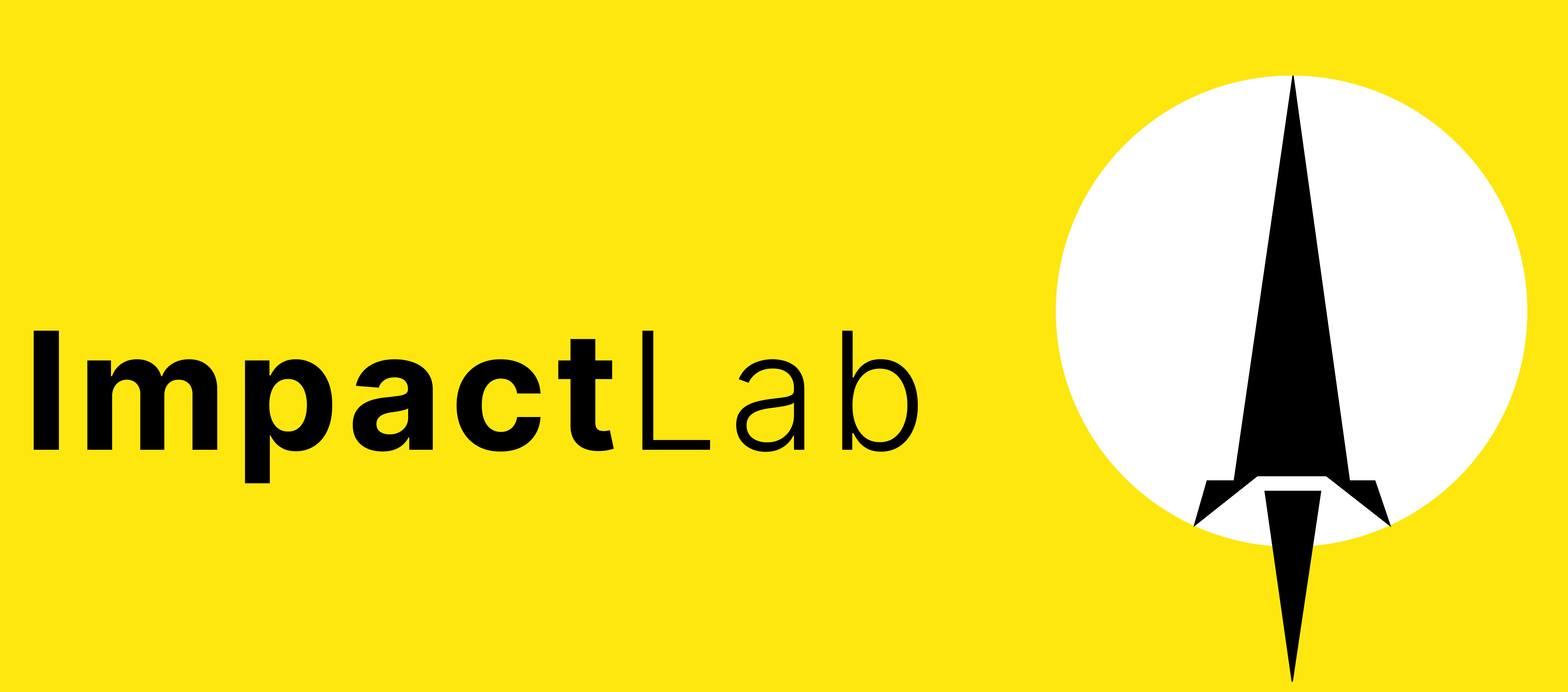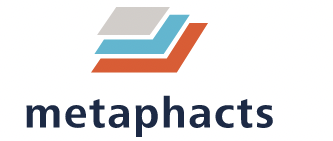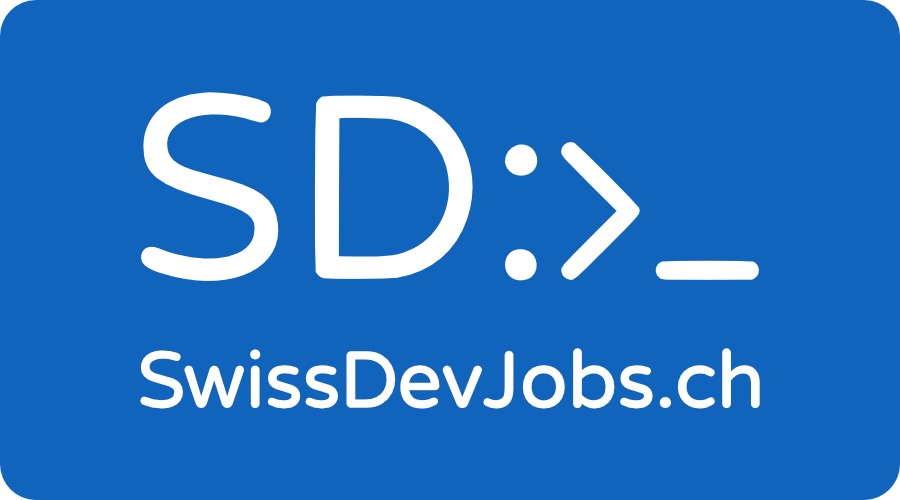Challenge 1. Smart ESG Risk Monitoring
Banks face growing pressure from regulators to integrate climate, environmental, and broader ESG (environmental, social, governance) risks into risk management. Yet, identifying and monitoring these fast-evolving risks across industries is highly complex. ECOFACT’s Horizon Scanning solution tackles this challenge by automating the detection of relevant developments and classifying them by topic, industry sector, and geography. This provides banks with structured, actionable insights to meet regulatory expectations. Ultimately, this strengthens decision-making and advances the management of ESG risks in order to future-proof banks’ business strategies in the short, medium and long term. Within this context, you are expected to create a multi-agent system that supports ECOFACT’s in resolving the above-mentioned challenge. |  |
Challenge 2. Unifying BIM, IoT & Metadata for Facility Management
Real estate sector is rapidly evolving toward an analytic approach, so it is always in need of more detailed and reliable performance assessment to cope with strict requirements, regulations and company sustainable goals. While current solutions often focus on single-objective optimisation, the complexity of the real estate domain calls for multi-objective strategies. A key challenge lies in integrating data from diverse and fragmented sources, such as BIM models, metadata, and IoT systems, into a unified knowledge base that empowers Facility Managers with actionable insights. Once data integration is achieved, participants can go beyond, uncovering patterns and proposing optimisation strategies for building performance and operational efficiency, supported by a multi-agent architecture.
| 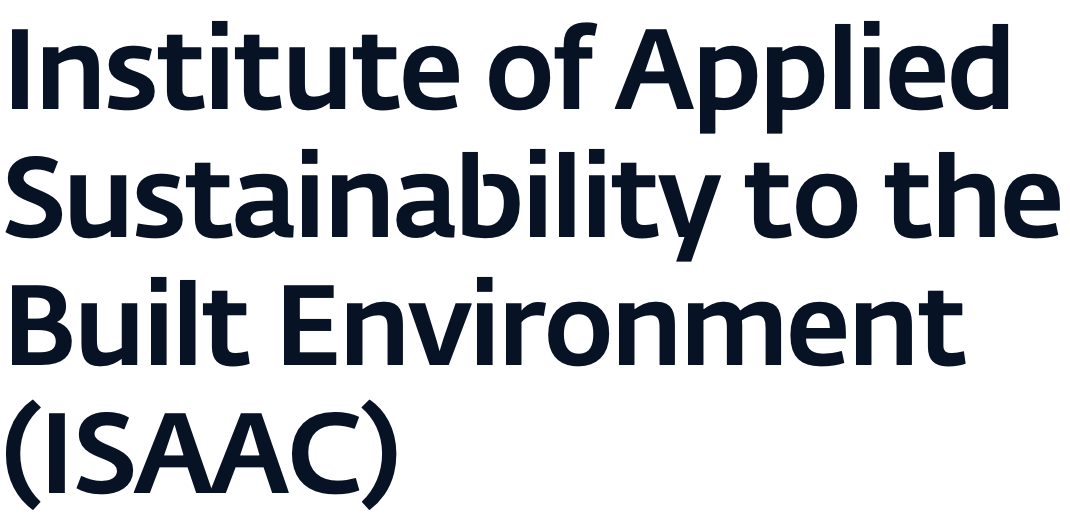 |
Challenge 3. Multi-Agent Collaborative Research Assistant and Scientific Question Answering
Scientific progress depends on the ability to quickly understand complex research questions that span across disciplines.However, researchers, policymakers, and industry leaders are increasingly overwhelmed by the explosion of scientific literature, scientific artifacts like datasets, code and methods, and facts from domain-specific resources. Valuable insights remain buried in disconnected data silos, slowing innovation and reducing the real-world impact of research. With this challenge, we invite participants to design a multi-agent system that combines LLM reasoning with knowledge graph integration to support evidence-grounded scientific question answering and decision making.
For example, given the question “How have AI models been applied to Alzheimer’s research since 2020, and which datasets, target proteins, or biomarkers are most commonly used?”, the multi agent system, could (1) retrieve and analyze the literature, (2) identify key entities, (3) construct a Knowledge Graph describing the relations between model, dataset, target, etc., and (4) generate a concise, human readable report. To comprehensively answer the question, specialized agents collaborate on different tasks mentioned above. One agent retrieves relevant publications and related artifacts (e.g. code, methods, datasets) from scholarly Knowledge Graphs (e.g., SemOpenAlex, Linked Papers With Code (LPWC), and Wikidata). Another agent extracts entities such as datasets, AI models, or life science entities from abstracts and paper full texts. A third agent constructs a task-specific knowledge graph by using a pre-defined ontology, linking entities, and extracting relationships (e.g., AI model → uses → dataset). A final agent summarizes the findings into structured insights, supported by visualisation by using the build factual graph and references to the underlying data.
| 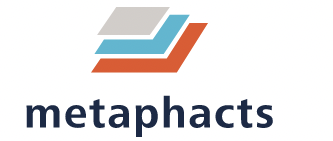 |
Challenge 4. Knowledge-Grounded Scientific Debate Agents
In today’s world, science impacts nearly every aspect of our lives. Thereby, progress heavily depends on scientific discussion, a process where researchers critically discuss the strengths, weaknesses, and implications of scientific work. Much of this debate happens informally and behind closed doors in meetings, email threads, and conference hallways and thus this valuable critical discourse is lost to the wider public. With this challenge, we invite participants to design and develop a multi-agent debate framework where multiple agents that can access data from scholarly and multi domain knowledge graphs critically discuss research claims, methods or scientific papers.
For example, the system could comprise multiple agents that each represent a different perspective. A pro agent highlights the strengths of a method or paper, drawing on evidence from knowledge graphs and related work (e.g., papers, datasets, and code from Knowledge Graphs like SemOpenAlex, Linked Papers With Code (LPWC), and Wikidata). A contra agent focuses on limitations, challenges regarding reproducibility, or conflicting results, and points out possible biases, risks, or alternative interpretations. A moderator/judge agent oversees the debate, verifying that claims are grounded in the underlying Knowledge Graphs, evaluates and scores the quality of the arguments, and produces an evidence based summary.
|  |
Challenge 5. Smart Resource Management for Airport Efficiency
Swissport is testing an AI-powered tool at Zurich Airport to improve operational performance with real-time staff allocation.
The system uses live data and predictive analytics to help dispatchers manage resources, spot bottlenecks, and make faster decisions.
This leads to greater efficiency, stability, and reliability for airline partners and smoother passenger experiences. The project is supported by Innosuisse and involves collaboration with FHNW and ZHAW. The aim is to bring intelligence and resilience to airport ground operations. According to Swissport’s Bruno Stefani, external factors like weather or delays disrupt schedules despite strong planning. AI provides visibility over complex inter-dependencies and helps in dynamic decision-making.
The project started with data analysis of key factors like passenger numbers, delays, staff skills, and absenteeism.
These variables are interconnected and influenced by external conditions, making them hard to predict in real time. An AI assistant was then integrated into Swissport’s dispatching system at Zurich Airport. It analyses live data, detects warning signs like baggage surges or flight delays, and suggests mitigating actions.
Airlines benefit through more reliable turnaround processes, fewer delays, and improved predictability. Passengers gain smoother experiences, while airlines enjoy efficiency and dependability. The assistant is designed to support human expertise, with work psychologists ensuring usability and staff alignment. If successful, Swissport plans to expand the model globally, strengthening its digital transformation strategy.
|  |
Challenge 6. Next-Gen Customer Experience in Insurance
Baloise Holding AG operates in Switzerland, Germany, Belgium, and Luxembourg under the Baloise brand. In 2022, the group carried out a rebranding to unify its brand image. This brought together all its companies under one name: “Baloise.” The companies included Basler Versicherungen, Baloise Bank SoBa, Baloise Asset Management, Bâloise Assurances, Basilese Assicurazioni, and Baloise Insurance. The new brand identity was launched across all national companies in October 2022.
Baloise is headquartered in Basel, Switzerland. The company employs around 8,000 people in Europe.
Create a smart system that reacts gracefully when customers ask about Baloise products.
The solution should go beyond simple Q&A and deliver real value across the customer journey.
Such a system could enable seamless, natural conversations with customers anytime through chatbot or voicebot interactions, while simplifying underwriting and policy servicing processes to make insurance interactions smoother. It should also streamline claims processing and billing by automating repetitive tasks for faster turnaround and fewer errors. Beyond operational efficiency, the system can support business acquisition through intelligent tools that assist with sales and onboarding, while ensuring transparency and adherence to legal frameworks for regulatory compliance. By turning raw data into actionable insights, business intelligence and data analytics can enhance decision-making. At the same time, employees such as agents, underwriters, and claim analysts should be empowered through digital assistants and smart workflows. Additional capabilities like fraud detection can strengthen trust by identifying anomalies early, while robotic process automation reduces manual work. Finally, a digital human workspace can be fostered, creating a future-ready environment where humans and AI collaborate seamlessly.
|  |
Challenge 7. Data Extraction & Categorization from Design Plans
At “zoë circular building GmbH”, architects and planners still face a slow and manual process when working with design files. Extracting material data from plans (PDF) is often done by hand, which is time-consuming, error-prone, and makes it difficult to estimate costs or assess sustainability early in a project. This inefficiency creates delays, higher costs, and less transparency in material sourcing.
One of the biggest hurdles is data extraction from design plans (PDF).
Planners must know exactly which materials their design requires before they can estimate costs. Without automated extraction, this step requires manual work that delays projects and increases costs.
However, extraction alone is not enough. Once materials are identified, they must be categorized into clear groups (for example: Hardscape, Technical Infrastructure, Urban Furniture, etc.).
This categorization is essential because it allows planners to filter materials according to their project requirements. With our platform, planners can not only identify the materials their projects need but also explore them within structured, easy-to-navigate categories.
| 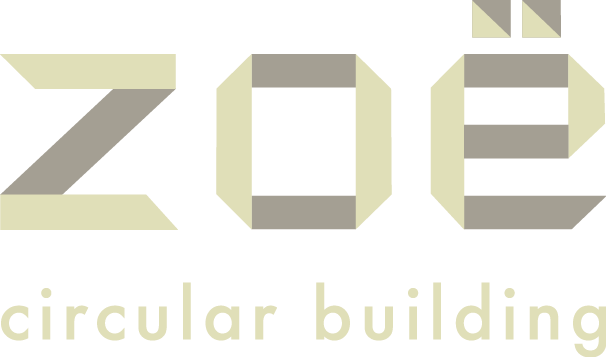 |






